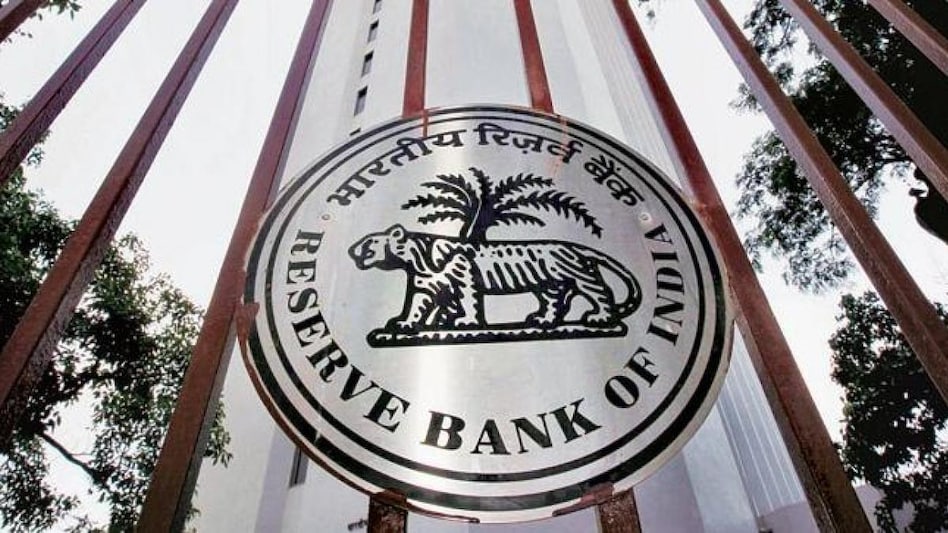 Almost half of corporate India's foreign currency loans are unhedged, says RBI
Almost half of corporate India's foreign currency loans are unhedged, says RBI Almost half of corporate India's foreign currency loans are unhedged, says RBI
Almost half of corporate India's foreign currency loans are unhedged, says RBIThe Reserve Bank of India's (RBI) financial stability report has revealed that 44 per cent of the private sector 's external commercial borrowings (ECBs) are unhedged from currency fluctuations.
In the last two years, the corporate sector has taken advantage of ultra-low interest rates globally to replace their high-cost domestic liabilities and also borrowed funds for expansion, etc. Many stayed away from hedging as it increases the cost of funds.
This high level of unhedged loans is alarming as the rupee has been depreciating against the US dollar.
In the first six months of calendar year 2022, the rupee has already depreciated by nearly 6 per cent against the US dollar. The rupee lost 4 per cent of its value against the US dollar in fiscal year 2021-22.
The outlook for the rupee is not very optimistic because of the global spillover of historically high inflation and also higher interest rates. In fact, the US Fed has also decided to reduce its balance sheet size from $8.5 trillion in the post global financial crisis. The liquidity tightening and higher interest rates will weaken the rupee value further.
According to RBI data, the total amount of outstanding ECBs is $1,79,994 million.
According to the RBI report, "Nearly 80 per cent of the ECB is denominated in US dollars, with the remaining 5 per cent denominated in euro and Japanese yen."
The unhedged portion of ECBs stands at $79,125 million, or 44 per cent.
The RBI report also adds that there is a natural hedge in some cases of unhedged loans, where the borrower's earnings are also in foreign currency, for example, shipping companies. But the central bank has not given any percentage share or figures of cases where there is a natural hedge.
In January this year, a RBI's working paper on 'Optimal Hedge Ratio' had pegged the hedged share of foreign currency loans at 63 per cent. Currently, the hedged share is much lower at 56 per cent of total foreign currency loans.
The RBI working paper had also noted that hedging all foreign exchange exposures in their entirety might not be optimal in the sense that, with fully hedged FX exposure, the benefit of low-cost access to foreign capital is foregone.
"This study finds that the optimal hedging ratio, either financial or natural hedge at a system level, may be in the vicinity of 63 per cent, though as the strategy in practise could be time-varying, a somewhat higher ratio may be useful in periods of expected stress," the working paper stated.
Also Read: Reliance Brands to foray into food & beverage retail with UK chain Pret A Manger